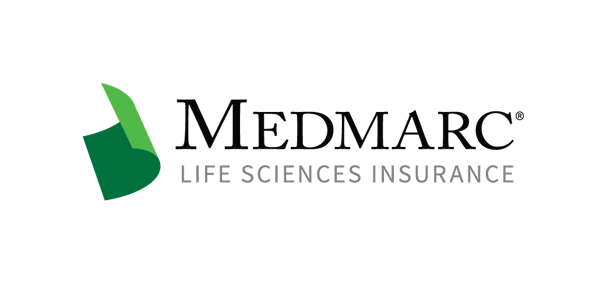Preparedness Emphasized in FDA Voluntary Recall Guidance
The FDA final guidance for voluntary recalls applies to all FDA product centers, devices and drugs included, and offers some clarity regarding terminology. However, the agency urged companies to take steps to ensure that their standard operating procedures are “recall ready” rather than wait until a recall is necessary before establishing these procedures.
The March 3 press release states that the guidance describes the steps needed to develop policies and procedures for voluntary recalls, which would make these recalls more effective at reducing the public risk of problems associated with the violative product. Judy McMeekin, the FDA Associate Commissioner of Regulatory Affairs, said it is vital that companies be “recall ready” to ensure that the response across the supply chain is swift and effective. McMeekin said the agency will continue to work with companies to ensure that their recall procedures are sufficient to ensure this kind of preparedness.
The draft guidance did not provide a definition for corrections as distinct from the definition of a recall, but the final guidance gives the correction its own set of definitions. A correction is now defined as any one of a series of activities that do not involve physical removal of the item, a list that includes repairs, modifications and relabeling.
The final guidance also provides a definition for a withdrawal, which is a removal or correction of the product for a minor violation that would not ordinarily be the target of legal action by the agency. Many of the activities that would lead to a withdrawal have to do with a manufacturer’s or distributor’s processing and handling of the product rather than the design or composition of the product, such as miscues in equipment repairs and problems with inventory management.
Among the general steps manufacturers must undertake in preparation for a recall is the identification of appropriate personnel for handling a recall. This step requires that the individual or individuals have the authority to implement a voluntary recall, and manufacturers are expected to identify an alternate employee to fulfill this requirement.
Companies should also establish a recall communication plan that includes internal, FDA, and external audiences as communication targets. Templates should be set up ahead of time for these communications, including templates for press releases and notification letters to customers and consignees. The agency said it encourages the use of electronic communication to speed the recall process.
The guidance emphasizes the use of product coding to enable a recall, which in the case of medical devices is the unique device identifier. For prescription drugs, the product identifier is the primary code for enabling a quick response to a need for a recall, but the FDA said manufacturers should use a code of some sort to facilitate recalls even for products that are not required to have a code.
The FDA said a recall begins with notification of each of the affected direct accounts for the product, and by issuance of a press release or other public notice when appropriate. The first of these actions would be the date of the recall in the agency’s view. The agency may propose some changes to these communications. However, a recalling firm does not need to delay initiation of a voluntary recall to accommodate the agency’s review of the manufacturer’s recal strategy or recall communications, the guidance stated.
For additional resources contact the Marketing department
Phone: 888-633-6272
Medmarc is a member of ProAssurance Group, a family of specialty liability insurance companies. The product material is for informational purposes only. In the event any of the information presented conflicts with the terms and conditions of any policy of insurance offered from ProAssurance, its subsidiaries, and its affiliates, the terms and conditions of the actual policy will apply.
Copyright © 2025 - Medmarc
